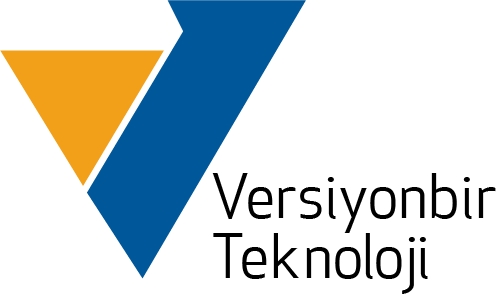The term Web 3.0 was coined in 2014 by Gavin Wood, one of the co-founders of the Ethereum cryptocurrency. Since then, it has become an all-encompassing term for the next generation internet. Web 3.0 is a decentralized and peer-to-peer version of the internet based on blockchain. It is internet technology based on machine learning and artificial intelligence. It is desired to create smart websites and web applications with blockchain technology. Today, the Web 2.0 system is used. The reason for wanting to use Web 3.0 is that the decentralized internet allows people to use it without giving up their important data and privacy. In Web 3.0, developers usually do not create applications that run on a single server or store their data in a single database. User data will be protected through a network of openly available smart contracts. These contracts will be stored on the blockchain of a decentralized network that nodes will control.
HOW DOES WEB 3.0 WORK?
Centralization dominates the current state of the Internet, and the flaws arising from this structure are driving the transition to Web3. Web 3.0 aims to create a decentralized web where data is shared among users rather than centrally owned by companies or organizations.
Blockchain, the same technology that supports cryptocurrencies and NFTs, resides in Web3.0. Blockchain is a network of nodes that share a distributed ledger or database. Nodes secure the network by keeping an immutable record of all chain transactions and events. As a result, blockchain technology aims to keep data decentralized in Web 3.0 rather than centralizing it on large servers as in Web 2.0.
Web 3.0 uses artificial intelligence and machine learning techniques to quickly deliver personalized information. The development of smarter algorithms and Big Data analytics means machines can intuitively understand content and make individual recommendations accordingly.
WEB 3.0 FEATURES
Semantic web: The semantic web enhances online technologies by allowing users to create, share material through search and analysis based on the capacity to grasp the meanings of words rather than keywords or numbers. Establishes relationships between semantic data. Artificial intelligence has started to better understand what we write on the web and present this information intuitively, thanks to Big Data and more information it can work on.
Artificial intelligence (AI) and machine learning: With the help of Semantic Web and natural language processing-based technologies, Web 3.0 will enable machines to understand information in a similar way to humans. Web 3.0 will also use machine learning, a subset of artificial intelligence (AI) that mimics human learning using data and algorithms and gradually improves its accuracy.
3D visualization: In Web 3.0, three-dimensional design is often used in websites and services. 3D graphics are used in museum tours, computer games, e-commerce, geospatial settings, and other applications.
Connectivity or Ubiquity: Web 3.0 will eventually eliminate many of the disadvantages of Web 2.0. Information is better linked to Web 3.0 thanks to semantic metadata. As a result, the user experience progresses to a new level of connectivity that takes advantage of all accessible data. Ubiquity is defined as the ability to be or be everywhere, especially at the same time.
Web 3.0 takes this one step further by making the internet accessible to anyone, anywhere, anytime. Since the Internet of Things (IoT) technology has created many new types of smart devices, the day will come and devices connected to the Internet will not be satisfied with computers and smartphones, as in the Web 2.0 standard.
Advantages of Web 3.0
1. In terms of data security, end users will benefit most from data encryption.
2. Thanks to decentralized data storage, users will be able to access data in any situation. Users will have multiple backups to help them if the server goes down.
3. Data will be provided from any location and any device.
4. Web 3.0 aims to make ads better by taking advantage of smarter artificial intelligence systems and targeting specific audiences based on customer data.



